Its harder than it sounds to keep track of one’s travel. Despite my best intentions to post frequently, I have fallen behind so there is much to share and reflect on since departing Prince Rupert in September. Simply stated, a lot happened! I have been to a memorial potlatch in Alert Bay for Jimmy Dawson hosted by Beau Dick; to Clermont-Ferrand, France, participating in the Festival International du Textiles Extraordinare (FITE), and Leiden, The Netherlands for the opening of the exhibit, “The Story of the Totem Pole”, featuring Kwakwaka’wakw artist Rande Cook’s totem pole. I returned home to BC for the launch of “Seekers and Travellers: Contemporary Art of the Pacific Northwest”, by Gary Wyatt, where my work is featured with some of the greatest artists working today.
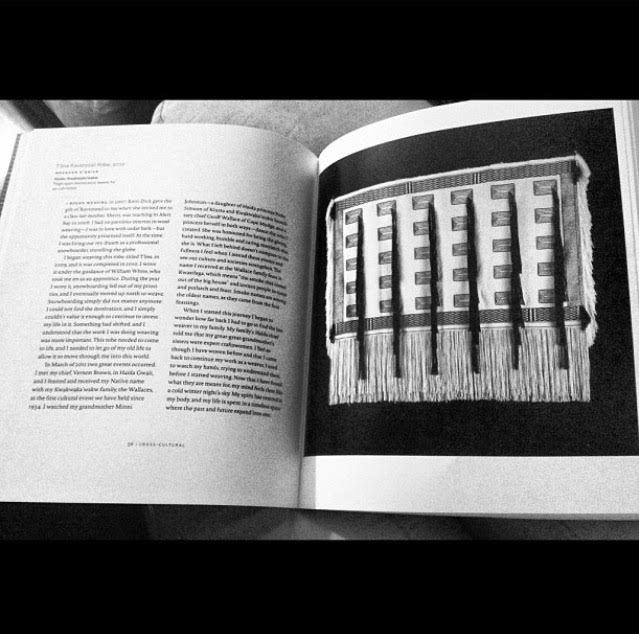
All of these events have offered opportunities for learning, growth, new experience, and personal reflection on what it means to be a weaver in the 21st century. These trips allow me to share my perspectives about the art of weaving, ancestry, Earth, Haida and Kwakwaka’wakw culture, and to also learn about other areas of the world. My quest for learning and understanding our culture and art, while also learning and understanding how to integrate with the present world, fuels my passion to expand, compress, and focus my energy into what I do in a way that benefits us all.
France
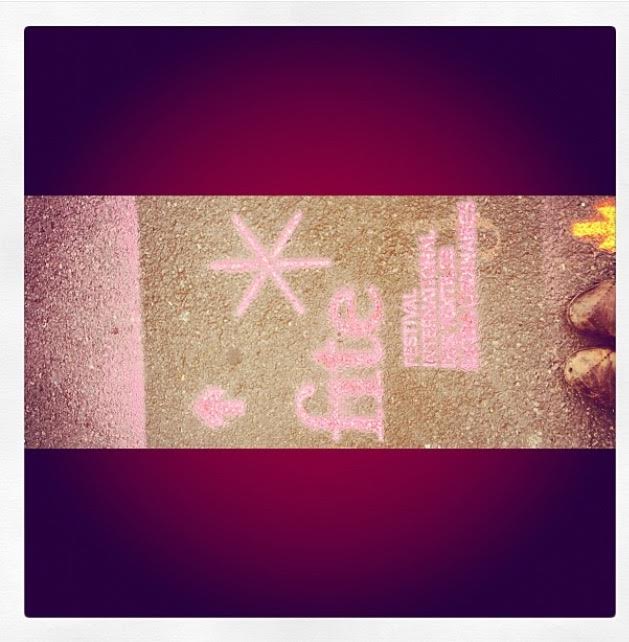
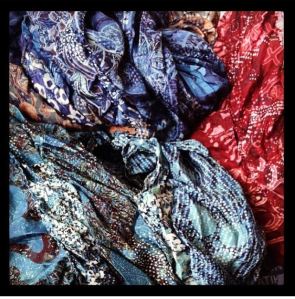
The FITE in Clermont Ferrand brought together textile artists from every continent. Featuring primarily the work of traditional printers and dyers, it also featured traditional weaving and contemporary design in fashion. In particular I was inspired by the work and philosophy of Indonesian batik printer Agus Ismoyo. Speaking with Agus, despite a challenging language barrier, we shared and learned much about each others work.
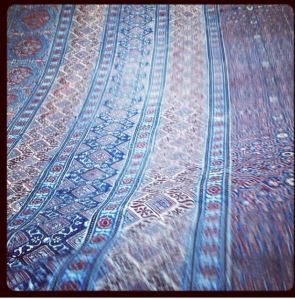
Abdul Jabbar Khatri, a ninth generation block printer from India, was also inspirational. I found the approach of most of the artists participating in the market to be creating in the context of a business model, having more than one person produce the art and functioning not only as an artisan but also as a sales person for a larger community. It definitely caused me to reevaluate my own approach, seeing it as more a philosophical exploration rather than focused on sale. I realized how lucky and special a position I am in to have the freedom to explore this work at such depth.
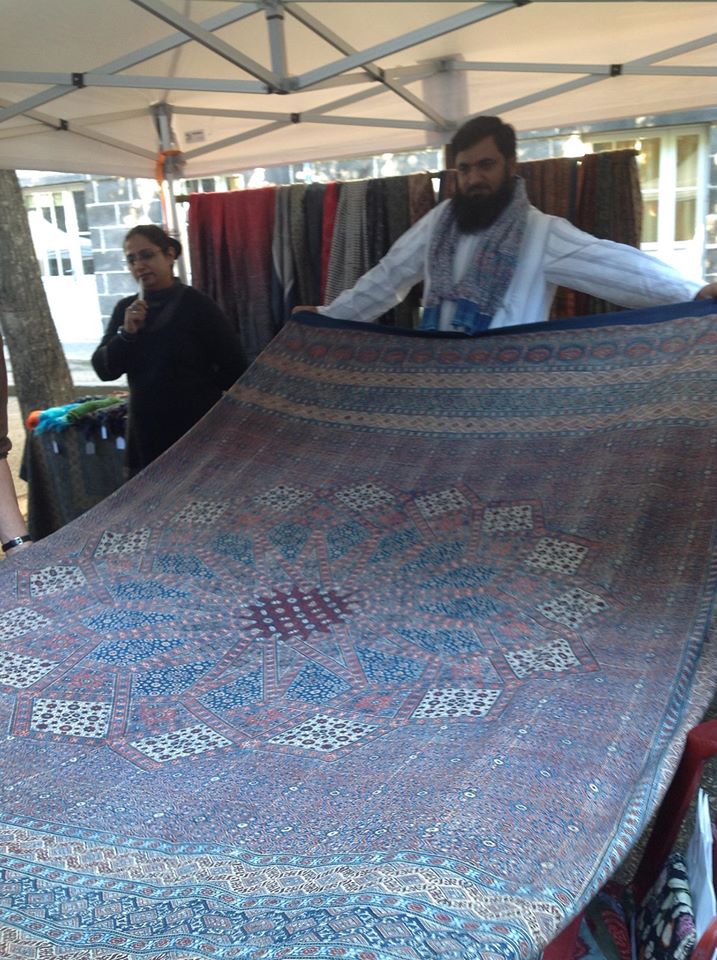
Meeting Catherine Jahan, an outstanding Parisian fabric painter who works in hautue couture, was also very exciting for me. Her hand painted sheer silk scarves were so beautiful and I had so much fun spending time with a native of the city. She was equally fascinated to spend time with someone from the Northwest Coast.
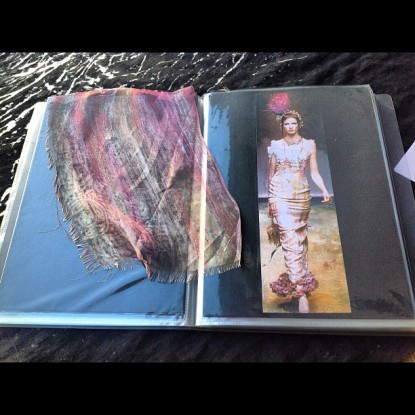
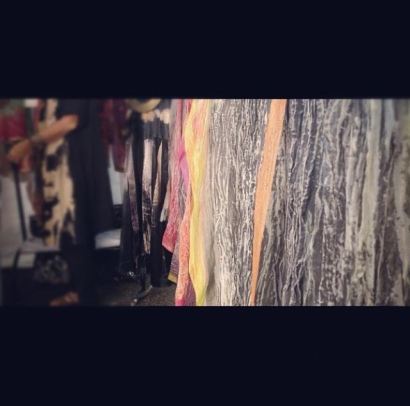
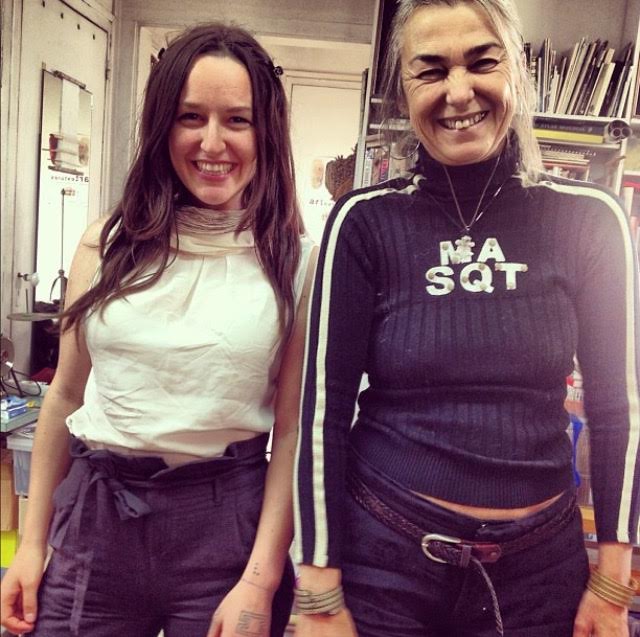
After the FITE ended, I travelled to Paris where Catherine introduced me to Matis Tanguay. Matis’s apartment was massive. It was full of looms, the walls plastered with multi coloured and textured yarns from floor to ceiling. Her work is done primarily for major fashion houses such as Chanel and Dior. While many of the people I met did not speak English, we shared a very strong knowing through the eyes and a mutual understanding of each other. Such was the case with us. Her work was unique and breathtaking, and I admired the application of weaving in fashion. We somehow all understood each others worlds in a way that transcends language. Perhaps that is a part of the magic of fabric and textiles, a language that humanity shares that is visual and symbolic, sacred and a part of us all.
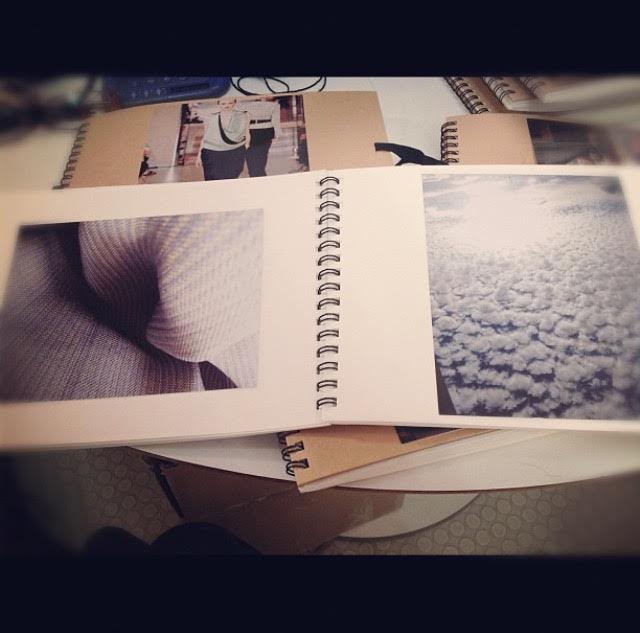
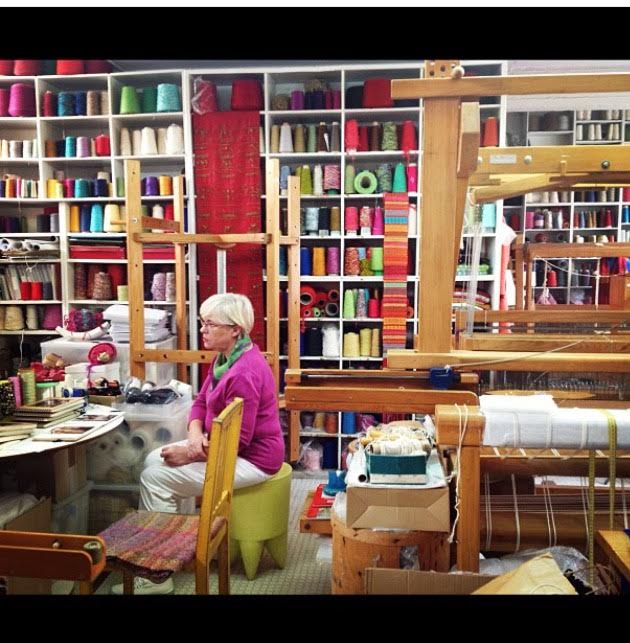
The Netherlands
 What else could I say about the Netherlands other than I fell so hard in love with that country. The charm of the bicycle culture was almost too much to take, and I fluttered around like in a fairy tale for some time there. Girls biked girls around on bikes, sometimes on the front handle bars, sometimes with their legs crossed to the side on the back rack. Little kids and babies on bikes with their parents, people in suits and dresses: these people know how to ride bikes. I was charmed by their traditional costume, by their reclaimed land, by their ability to manufacture their world into such a state. But I could also sense in their openness to learning about our culture, that they deeply miss the land and wilderness there, as in many parts of Europe where the Earth has been totally transformed and fractioned off into areas of distinct usefulness for humans. Even the small pockets of forest are intentional. Some part of the human spirit is missing that connection I think. That is part of what they see and long for from our culture: the connection to other animals.
What else could I say about the Netherlands other than I fell so hard in love with that country. The charm of the bicycle culture was almost too much to take, and I fluttered around like in a fairy tale for some time there. Girls biked girls around on bikes, sometimes on the front handle bars, sometimes with their legs crossed to the side on the back rack. Little kids and babies on bikes with their parents, people in suits and dresses: these people know how to ride bikes. I was charmed by their traditional costume, by their reclaimed land, by their ability to manufacture their world into such a state. But I could also sense in their openness to learning about our culture, that they deeply miss the land and wilderness there, as in many parts of Europe where the Earth has been totally transformed and fractioned off into areas of distinct usefulness for humans. Even the small pockets of forest are intentional. Some part of the human spirit is missing that connection I think. That is part of what they see and long for from our culture: the connection to other animals.
While the trip to France had exposed me to people from many areas, my trip to the Netherlands was with a group of 20 representitives from the Kwakwaka’wakw nation. I have never travelled with such a large group, and it was so fun. The trip brought together a diverse group of friends and strangers from the same area, and coupled with the excitement of being in a new country, we had a blast and strengthened as a group all the way across the world while representing our territory. We began in a regular stage-audience format, but quickly transformed the area into a little big house for the performances.
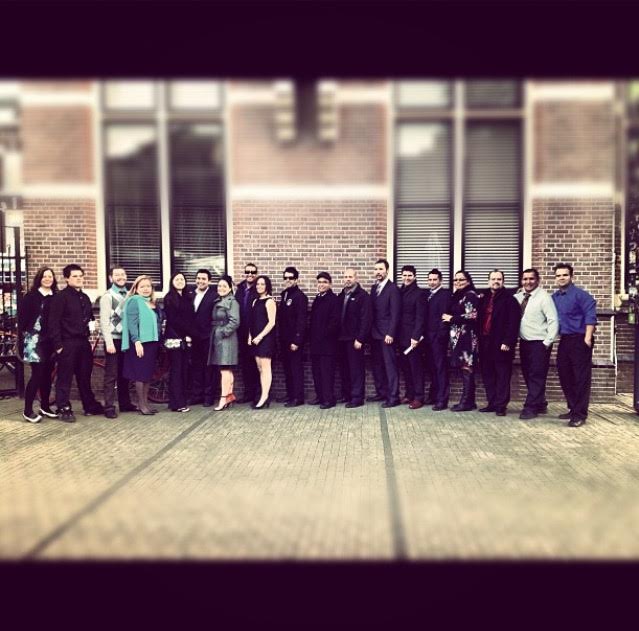
We also were invited to the Canadian Embassy during our stay. I was amazed to discover along the way that there is surf and sand beaches in Holland. I love these images and the memories from this day.
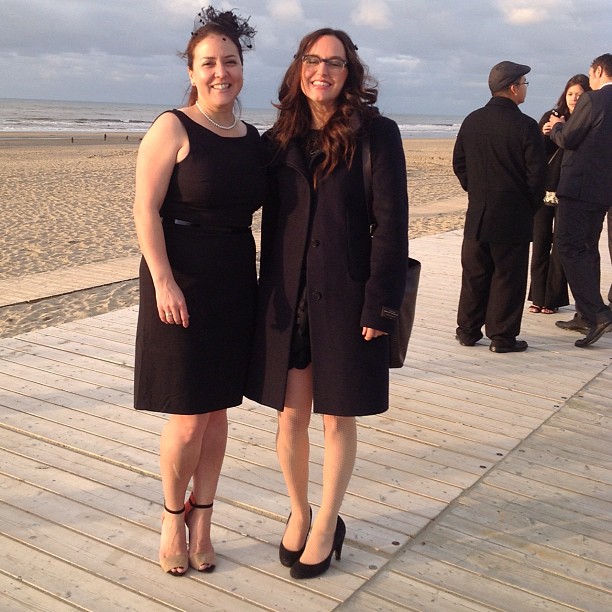
Home
I prepare now for departing to Fiji. My two weeks at home were spent immersed in weaving this robe. In order to work more, I ate minimally and simply, let go of my sleeping schedule, and found myself reflecting the innate energy of the ancestors as it emerged out of my bones, bringing the stars of the universe into the fabric of time and space. Worlds within worlds, reflected in our bodies, flowing on the body of a dancer.
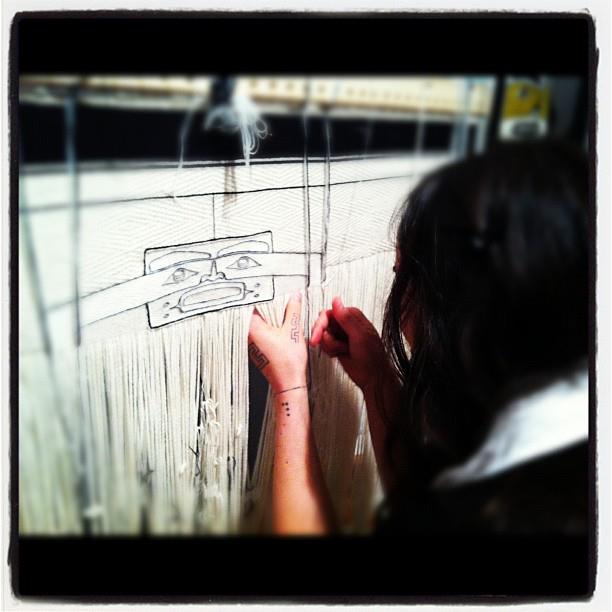
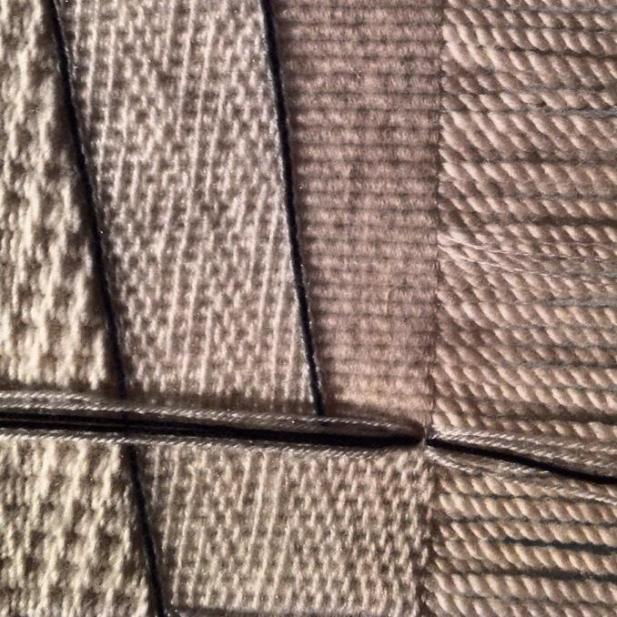
Unity is our hallmark, where we will return to our divinity at once fractioned and whole, ancient and present, unchanging and yet always evolving back into itself and emerging as something entirely new. It is a complex system of strings we weave with our lives, creating this reality as a recreation and premonition of the past and future. Multiple senses from all of our bodies and minds are necessary to navigate us towards the answers and the right questions to create our world of tomorrow: a conscious and intentional fusion of what we know about each other and how we are going to learn to live together as a whole.
How Beautiful Is Our Culture?
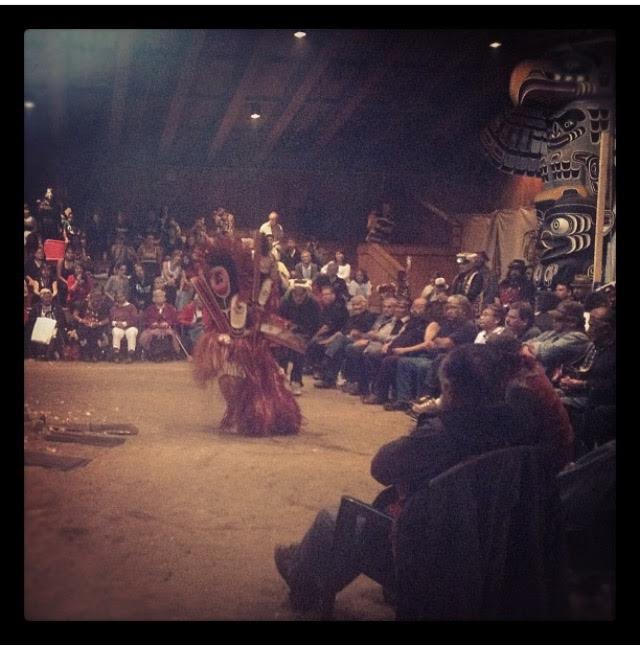
All these travels have served to show me how diverse the possibilities humanity has to create their world. I feel like we are so stuck in our own minds about “what the world is”. Our work we do and that I have began to invest myself in within Northwest Coast culture is joining a group of people who have already maintained and been rebuilding in the face of colonization for the past four hundred years. The travels helps me to see how unique and valuable, how precious and necessary our culture is, and to share my small piece in it and beyond. Our potlatch system, in my view, is a powerful way of creating reality. It was how we created a consensus reality. Consensus reality is what we live in today. Reality is something we share, that we contribute to, that we sculpt first with our minds, words, actions. It is what we agree is real. This is why the potlatch needed to be banned so the new world could be set in place. So our people could be stamped out, or attempted to be and our lives repurposed to fit the new model of how human beings interact with each other and with the natural world around them. But the strength of who we are is in us, hasn’t been drown out, and will continue to strengthen and grow.

This has slowly been creeping into my mind as the dominant focus of my life, and I think each time I go away and return I see it more clearly what I need to do with myself. This is where my work belongs, this is home and identity. This is the world that I want to help build and continue to make real.
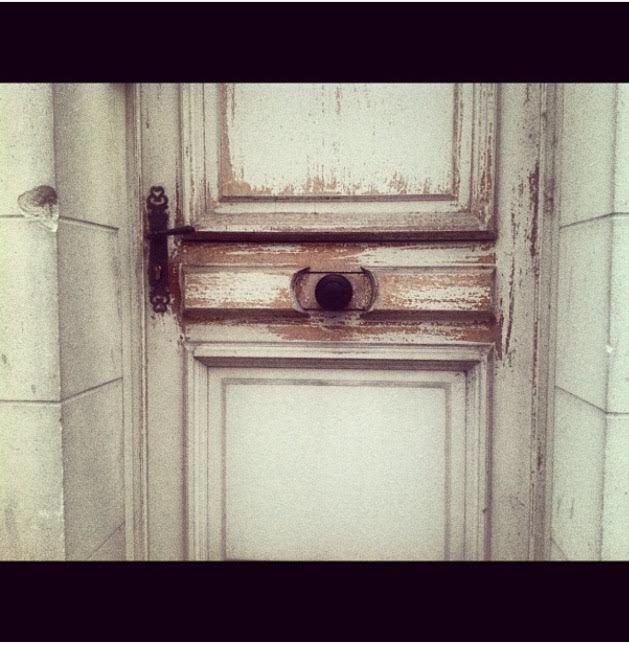
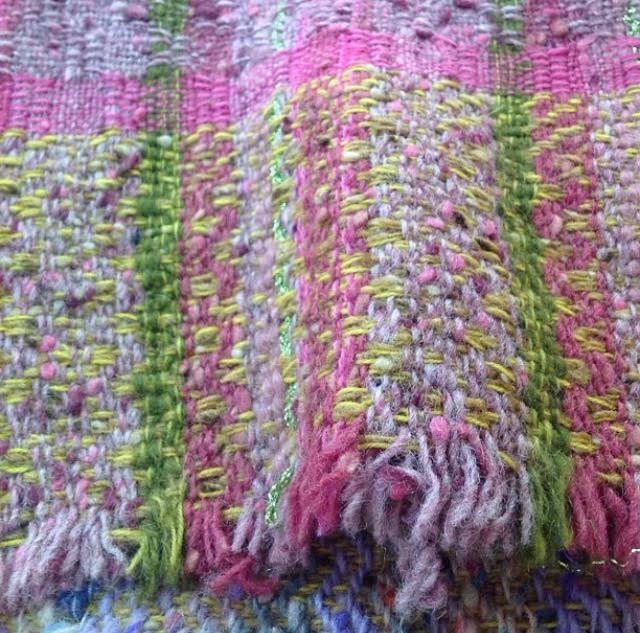
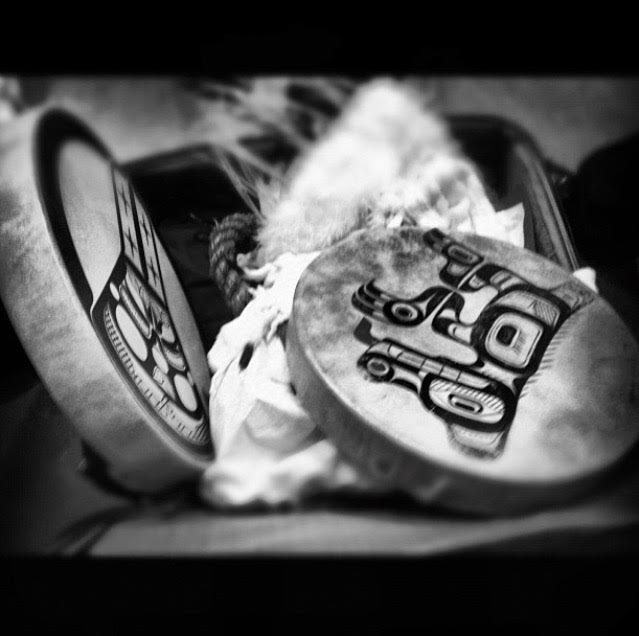
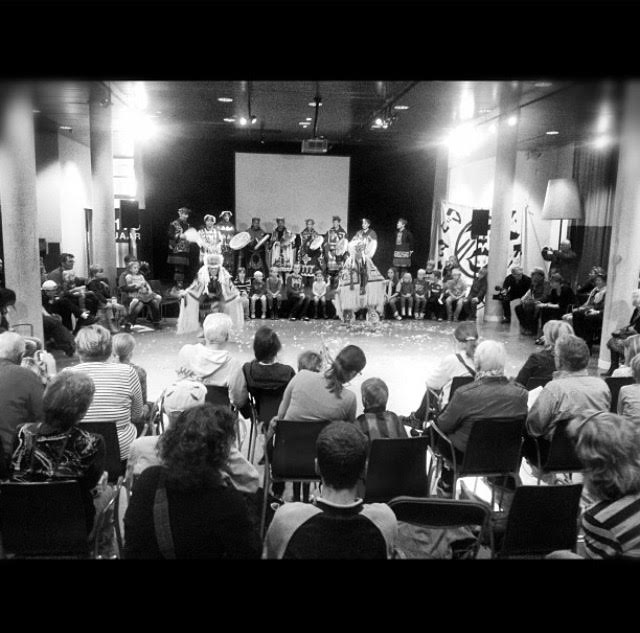
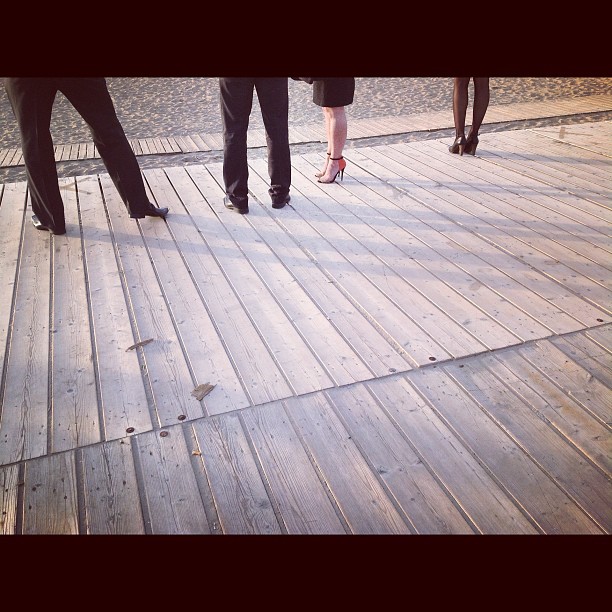

I think what you’ve done is wonderful I’m very proud of you. Maybe sweetheart you should think about writing a book? And using your own photos in it. They are art too. I’m very happy you took this journey, it looks good on you. Love you Honey, great job.
Good photographs Meghann,
Talon! Thank you…I like getting compliments on my photos from great photographers. 😉
the fire and mask shot shocked me at first but when I read what you said it fit. Awesome.
Joanne